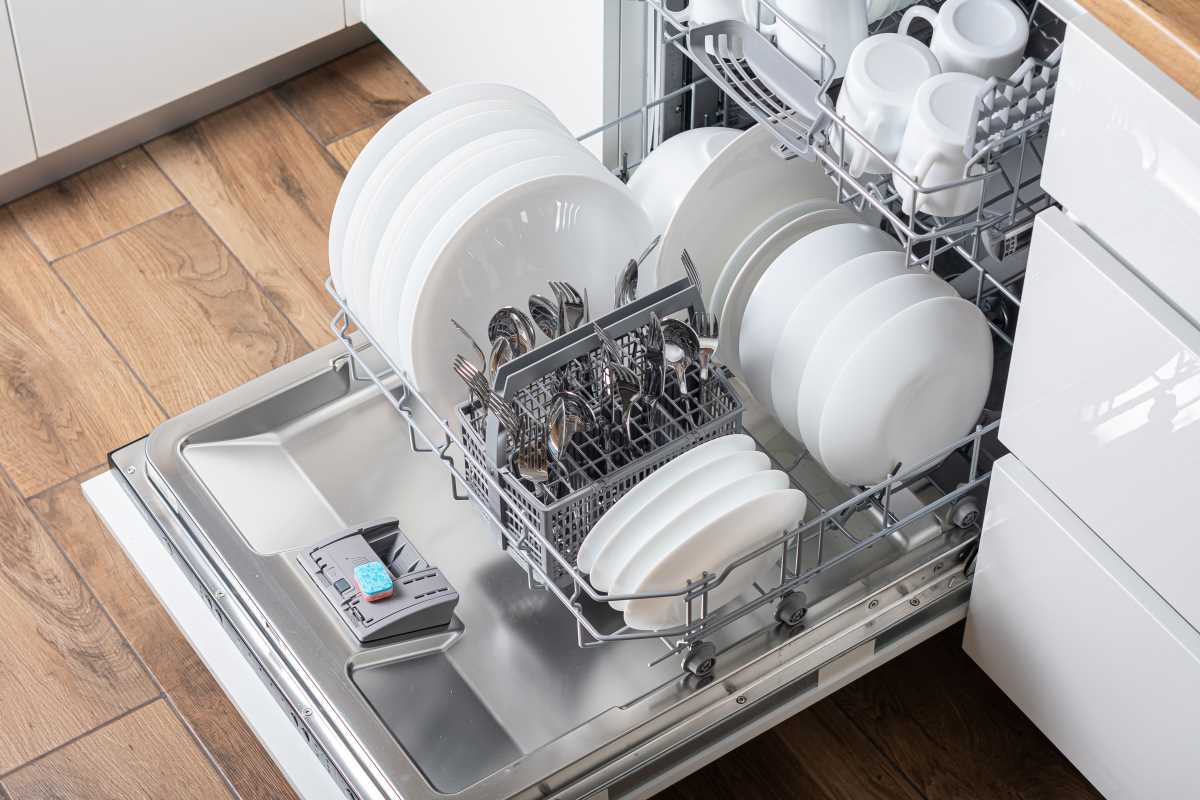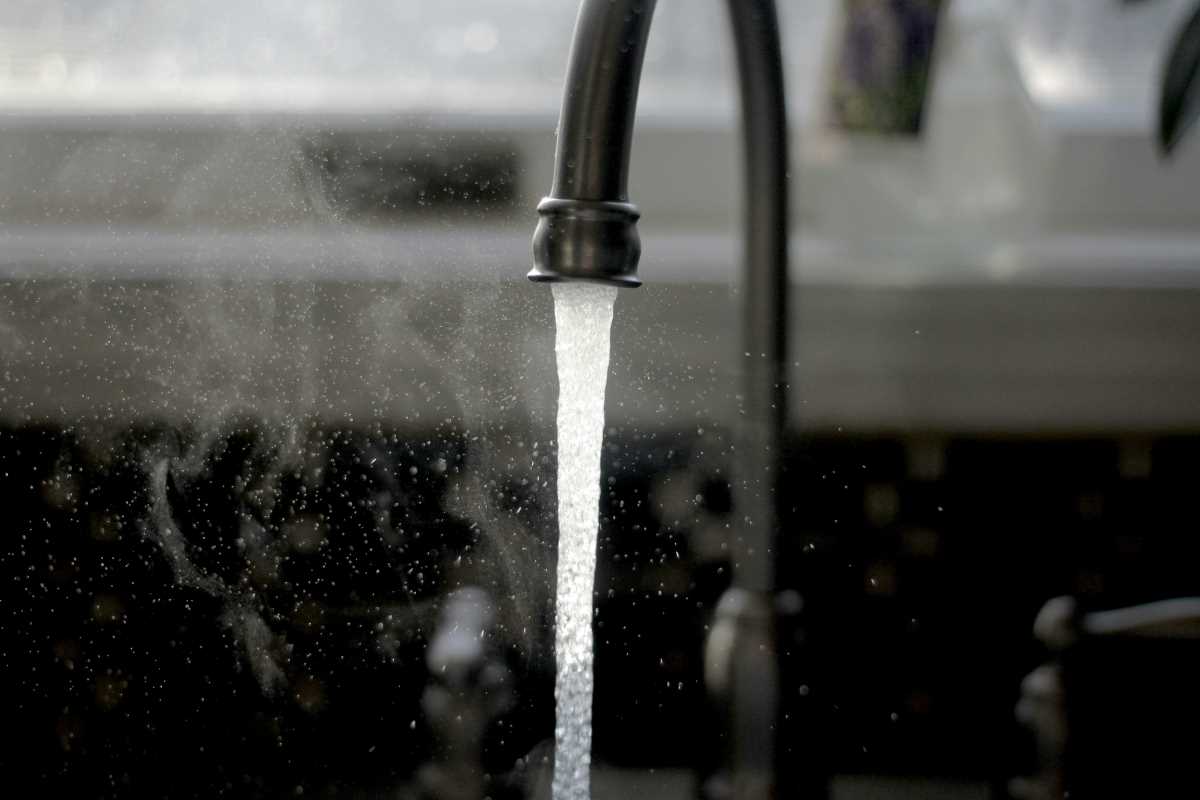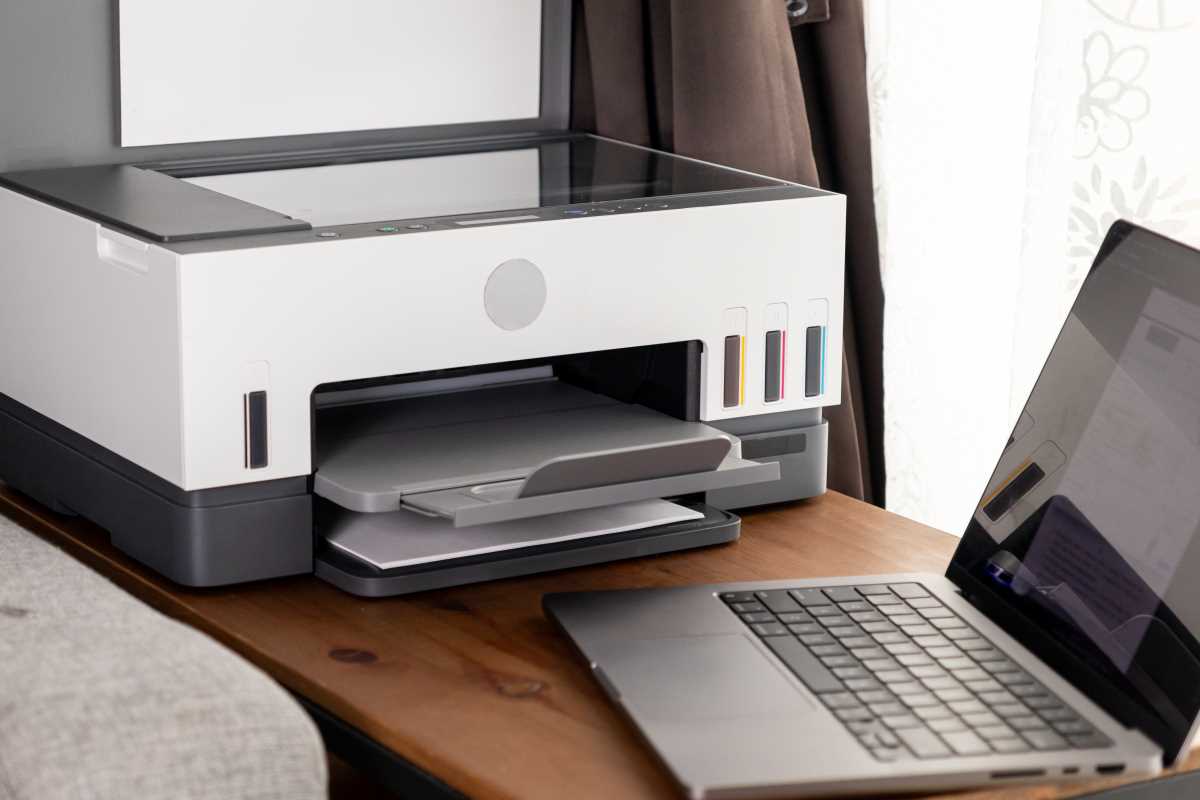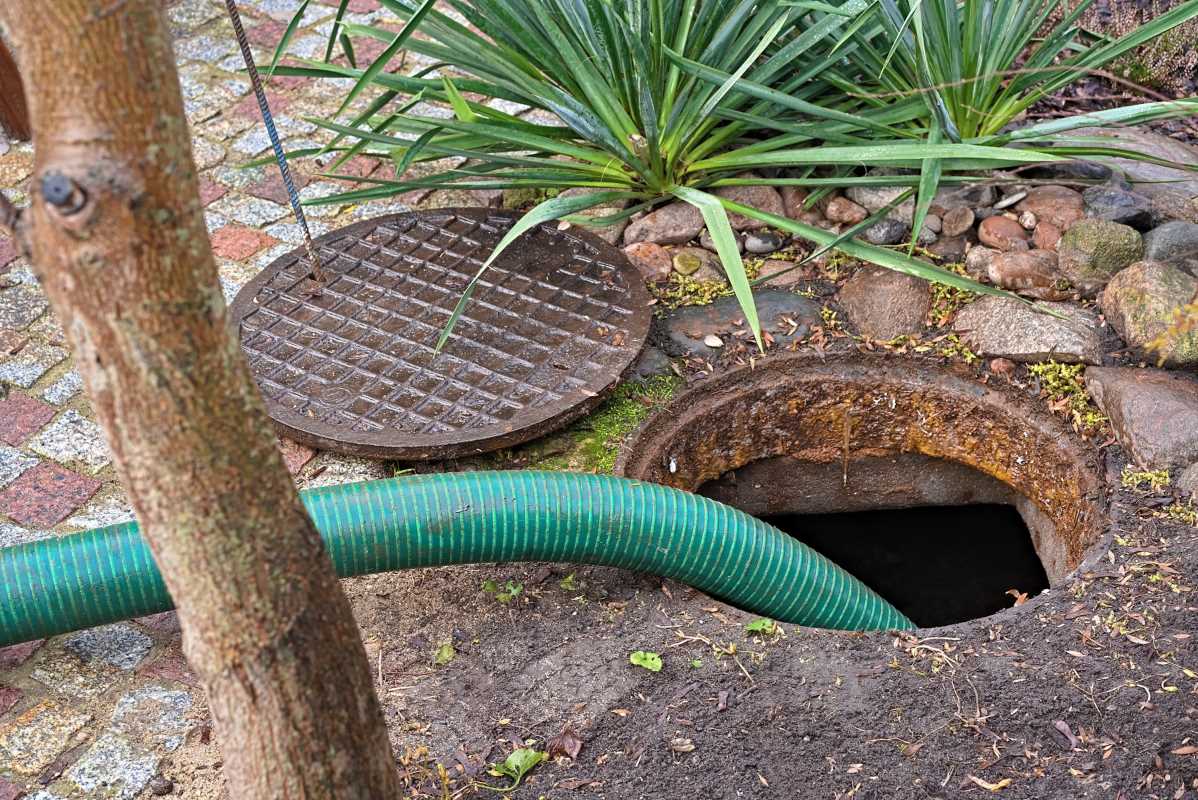Replacing traditional light bulbs with LEDs is a simple yet impactful way to improve lighting while reducing energy costs. LED bulbs, or light-emitting diodes, have become the standard for modern lighting due to their efficiency, longevity, and versatility. However, switching to LEDs involves understanding factors like compatibility, brightness levels, and color temperature. Without the right knowledge, it’s easy to feel overwhelmed by the different specifications and options available. This guide covers the essentials of LED bulb replacements to ensure smooth transitions and help get the most out of these advanced lighting solutions.
Understanding the Benefits of LED Bulbs
The shift to LED bulbs is driven by a number of clear benefits that distinguish them from older lighting technologies like incandescent or CFL bulbs. The most significant advantage is energy efficiency. An LED bulb uses significantly less electricity to produce the same amount of light as conventional bulbs, helping to reduce energy bills. For instance, a 10-watt LED can provide the same brightness as a 60-watt incandescent bulb, saving up to 80% in energy consumption.
Longevity is another key feature. LEDs can last up to 25,000 hours or more, dramatically outlasting incandescent bulbs, which typically last around 1,000 hours. This durability means fewer replacements and less waste over time. LEDs generate less heat, which makes them safer to use in enclosed spaces or near flammable materials.
Modern LED bulbs are also highly versatile. With options for dimmable models, adjustable color temperatures, and various shapes and sizes, they cater to a wide range of lighting needs. These features make LEDs an excellent choice for everything from task lighting in kitchens to cozy ambient lighting for living areas.
Ensuring Compatibility with Existing Fixtures
Before purchasing and installing LED bulbs, it’s important to ensure compatibility with existing fixtures. LEDs are designed to fit standard sockets, but not all fixtures are optimized for their performance features. For example, some older light fixtures may require additional components like LED-compatible dimmer switches to ensure smooth operation.
Enclosed fixtures pose another consideration. Not all LED bulbs are rated for use in these spaces, as heat buildup can reduce performance or shorten their lifespan. Look for bulbs specifically marked as “enclosed fixture rated” when planning to use them in covered or airtight housings.
Compatibility with existing dimmer switches is another common issue. Traditional dimmers are designed for incandescent bulbs and may cause LEDs to flicker or fail to dim correctly. Upgrading to LED-compatible or universal dimmer switches resolves these challenges, allowing for safe and effective dimming.
Decoding Brightness and Wattage
When replacing bulbs, understanding brightness and wattage can help make informed choices. Unlike older bulbs where wattage was the primary indicator of brightness, LEDs use lumens as the key measurement. Lumens represent the total amount of light emitted by the bulb, while watts indicate the energy consumed.
For consumers accustomed to judging brightness by wattage, conversion can be helpful. For example, an LED bulb producing 800 lumens is roughly equivalent to a 60-watt incandescent bulb. Many manufacturers include wattage equivalency on packaging to simplify the selection process. Paying attention to lumens ensures the chosen bulb provides sufficient light without wasting energy.
Choosing the Right Color Temperature
LED bulbs offer a variety of color temperatures, allowing customized lighting to suit different moods and needs. Color temperature is measured in Kelvin (K) and ranges from warm yellows to cool whites. Lower Kelvin ratings around 2700K create a soft, warm glow similar to traditional incandescent bulbs, ideal for living rooms and bedrooms.
Higher Kelvin ratings of 4000K and beyond produce a cooler, more neutral light, often preferred for task lighting in kitchens, offices, and bathrooms. Some LED bulbs feature adjustable color settings, offering flexibility to switch between warmth and brightness as desired.
Considering Dimmability and Special Features
Not all LED bulbs are dimmable, so it’s important to check the packaging or product specifications before buying. If dimming functionality is essential, look specifically for bulbs labeled as dimmable and ensure they’re paired with a compatible dimmer switch.
Many modern LEDs also incorporate additional features, such as smart lighting capabilities. Smart LED bulbs can be controlled via smartphone apps or voice commands to adjust brightness, change colors, or set schedules. While these features add convenience, choosing a reliable brand ensures ease of use and long-term dependability.
Tips for Replacing and Recycling Old Bulbs
Properly disposing of old bulbs is a crucial step when upgrading to LEDs. Incandescent and halogen bulbs can typically be disposed of with regular household waste, but some jurisdictions may have specific guidelines. CFL bulbs, which contain small amounts of mercury, require careful handling and disposal through recycling programs to prevent environmental contamination.
When installing new LED bulbs, check for clear labeling to ensure compatibility with the fixture. Screw the bulb in tightly but avoid overtightening, as this could damage the socket. Following the manufacturer’s recommendations ensures each bulb performs optimally and lasts as long as possible.
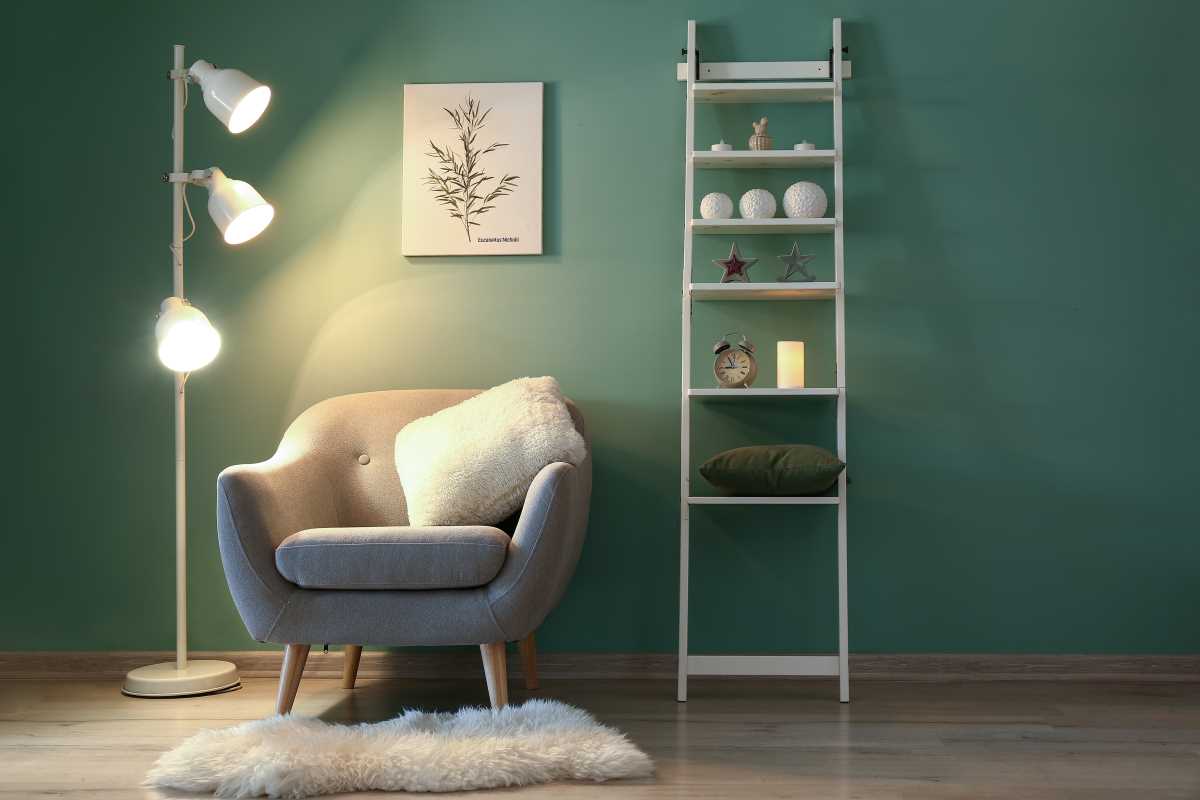 (Image via
(Image via
